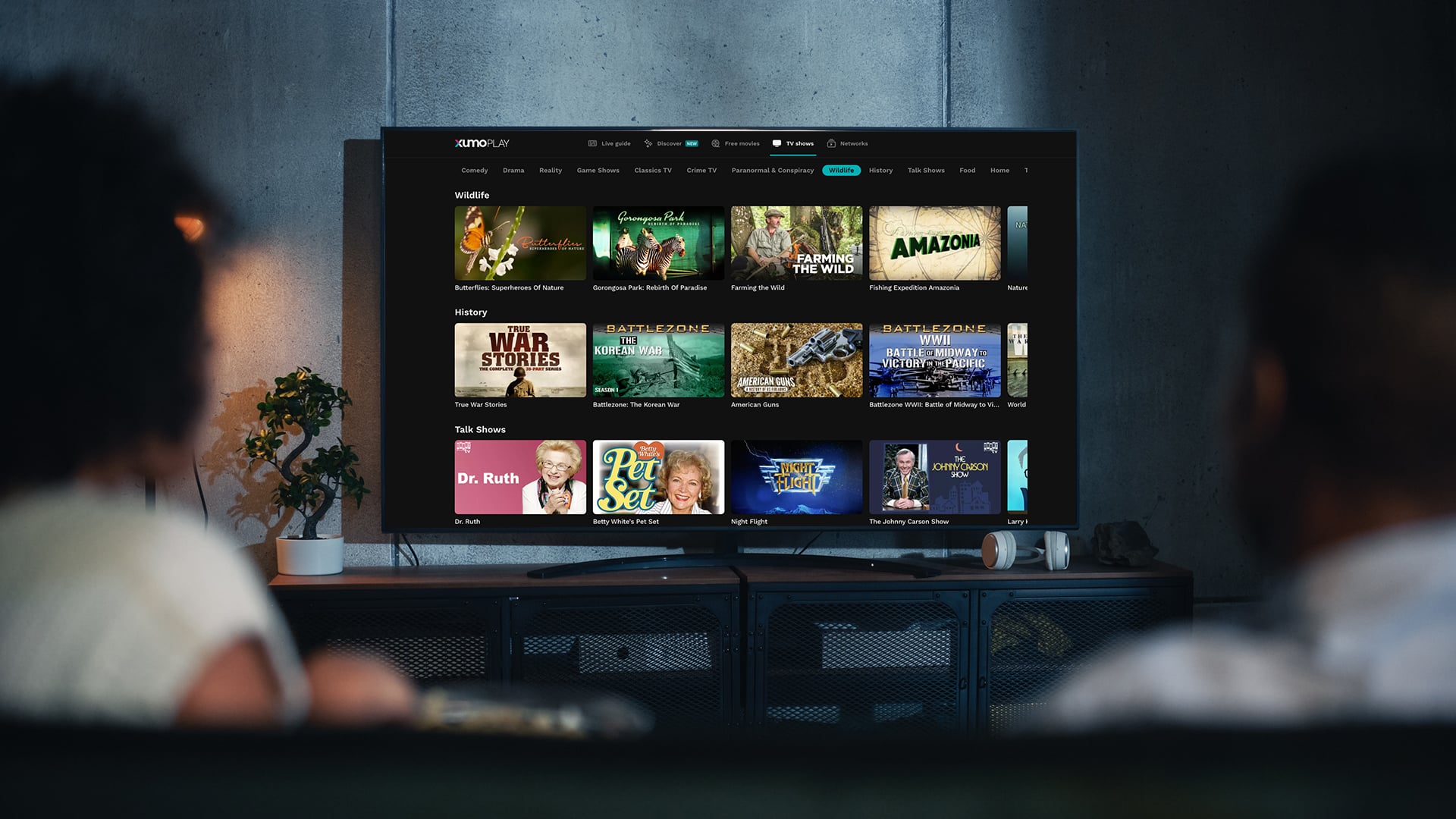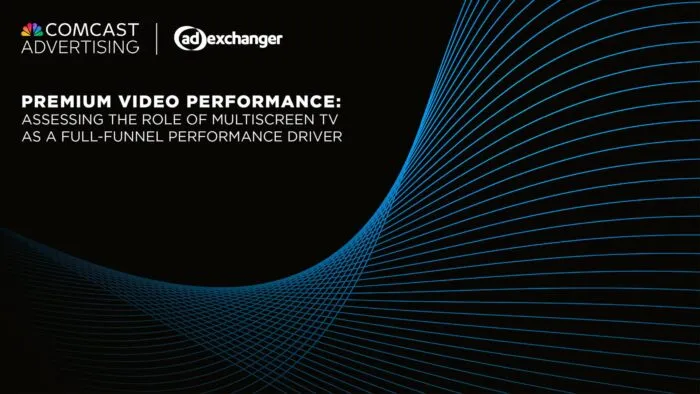Streaming offers a vast world of content choices for viewers. Many think of streaming viewing in terms of the major subscription-based providers like Netflix, Hulu, Amazon Prime Video, Disney+, or Peacock, with their enormous libraries of available content. Each is like its own massive content viewing theme park. This sort of streaming requires a hunter’s mentality, where viewers sift through options to choose what to watch as algorithms build and refine their experience. Algorithms take time to build familiarity and don’t always paint the full picture of a viewer’s interests.
FAST (free ad-supported streaming television) offers a far more lean-back streaming experience for viewers. It’s a streaming experience which typically hosts a much more familiar interface — and has an increasingly more prominent place on consumers’ TV screens. So, why are viewers flocking to FAST?
Love for the Linear-Like Experience
Subscription-based streaming services each have their own particular look and feel, reminiscent of a content library where show titles appear as tiles like books on a shelf. In addition to a personalized home screen, the FAST UX interface also often features a traditional TV guide of channels, times, and program schedules. Viewers scroll through channels to discover “what’s on,” rather than “what can I find that I might want to watch.” For some demographics, this is a more comfortable pathway to content. In fact, it might be the default screen for some branded TVs when it’s turned on, providing a more seamless avenue for finding content than switching between streaming services. And the content is well-liked. Fifty-six percent of surveyed viewers find FAST channels to be as good as cable channels, with even more highlighting the content discovery and quality of the offering.1
Reallocating Their Resources
Consumers are reassessing their spending habits, and that includes how they structure their paid entertainment choices. For some, the appeal of assembling a bespoke viewing package versus the tiered options available through cable subscription is an attractive alternative. The perception is that cord cutting leads to savings. However, in order to have access to all of the viewing options they’re seeking, aggregating subscriptions to streaming services results in little to no savings at all.
Still, FAST channels provide streaming options without subscription fees, representing a ripe environment for advertisers to reach audiences in growing scale.
In 2017, there were 46.6 million FAST channel users, and by 2023 there were 70.3 million.2
Through FAST, consumers can enjoy premium content in an alternative way. It gives them access to familiar favorites, live news, movies, sports, and niche content.
For the advertising industry, FAST represents an economic boom as well. In 2022, the global FAST ad market generated nearly $4 billion, with 90% of that coming from the US. By 2027, the US FAST revenue is projected to exceed $10 billion.3
Discovery of Niche Content
FAST offers viewers programming that’s suited for their interests in customizable categories and channels. In addition to cable-like options of sports, news, comedy, DIY, and more, FAST is a study in narrowcasting, with channels devoted to topics that could be hard to find in traditional television or on subscription services. There are approximately 1,600 unique FAST channels in the United States, and that number grows nearly every day.2
There are channels dedicated to hobbies like woodworking and knitting, nutrition and fitness, meditation, extreme and unique sports, coding, documentaries, opera, technology, sustainability, disabilities, nontraditional lifestyles, sleep health… the list is rather exhaustive. There’s also experimental content such as live Q&A’s and conferences, views from the Hubble Space Telescope, augmented and virtual reality, and that list keeps going as well. Niche content is the heartbeat of FAST.
A Positive Advertising Experience for Viewers
Advanced targeting technology allows brands to deliver ads that are highly relevant for viewers. FAST channels are cognizant of viewer engagement and usually deliver comparatively lower ad loads.
Of course, FAST is still an evolving environment and the viewer experience isn’t perfect. There are still gaps in ad loads that cause some viewers to see placeholders—or slate— instead of ad inventory. And niche content may introduce increased frequency as hypertargeting increases the chance of the same audience seeing the same ad multiple times.
In today’s viewing environment, viewers have a vast universe of content to draw from across multiple screens. FAST gives them free, unfettered access to premium content that they crave — and more that they have yet to discover — with fewer frustrations to get there. It provides a new complexion to the current multiscreen landscape as viewers find new ways to discover content that aligns with their interests. FAST also gives advertisers new options as they continue to strike a balance between traditional TV and streaming investment, which research has shown to be most effective with 70% to traditional TV and 30% devoted to streaming.4
As advertisers continue to seek new ways to engage audiences across the multiscreen universe, FAST is quickly becoming an attractive addition to reach their content seeking viewers. Learn more about how to make FAST a part of your multiscreen TV advertising strategy. Download The State of FAST, to learn more.
Sources:
1. FAST Landscape Study, Xumo & FASTMaster, 2023.
2. Free Ad Supported Streaming TV (FAST), Statista Market Insights, 2023.
3. New Omedia Data Reveals Global FAST Channel Revenues will Reach $12bn in 2027, OMEDIA, 2023.
4. The TV Viewership Report 1H 2023, Comcast Advertising, 2023.




